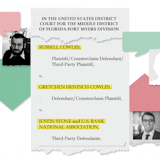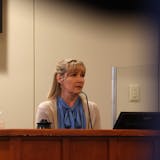This year's Minneapolis city election is RCV 3.0, the third since 2009 to allow voters to rank their preferences in multicandidate races via ranked-choice voting. In St. Paul, it's RCV 2.0, with the mayor's race the only one on the ballot to allow voters to elect the candidate who gets enough first-, second- and third-choice votes to attain a 50-percent-plus-one majority.
That makes RCV not quite the shiny new object of curiosity it once was, yet not so familiar that it can be mentioned without immediate explanation.
I'm not surprised that voters are still a mite foggy about RCV. It's not that figuring out how to mark a ballot with choices one, two and three is so hard. Voters told exit pollsters in 2009 and 2013 that they've got that part down.
It's what happens in counting the votes that gets complicated. Explaining how RCV ballots are tallied is a major test of journalistic prowess. Let's just say that if your favorite candidate doesn't seem likely to finish near the top of the field in first-choice votes, you're well served to mark a second choice. And a third. That increases chances that the winner will be a candidate you deem somewhat acceptable, rather than one whose election makes you want to hire a moving van.
What I do find surprising in this third trot around the RCV track is how seldom the voting method is mentioned by the people who need to be ranked-choice experts — the candidates themselves.
By year three, I would have expected Minneapolis candidates to ask early and often for second-place as well as first-place votes. Instead, the web pages of the mayoral leaders make more prominent mention of lawn signs than RCV.
In an RCV election with a large field, I would have expected candidates to form teams or clusters. Several like-minded candidates would recommend each other as a second-place choice. That happened four years ago among seven candidates. I've seen no similar multicandidate alliance announcement this year.
"It's happening more implicitly than explicitly," reported Elizabeth Glidden, the Eighth Ward City Council member who shepherded RCV into the city charter a decade ago. She isn't seeking re-election this year. That positions her as an interested but somewhat detached observer of the contests among those seeking City Hall offices in 2018.



